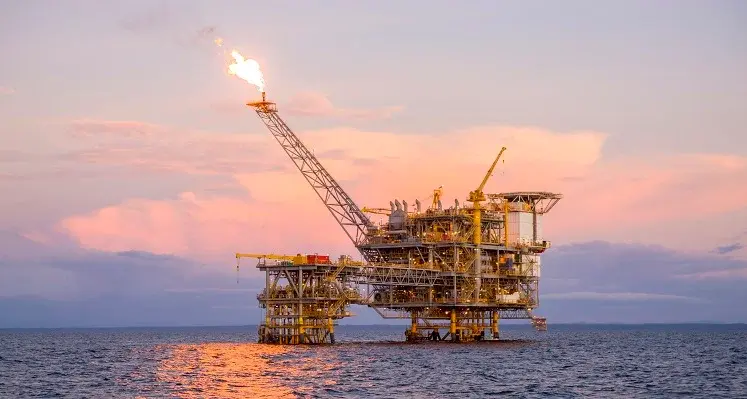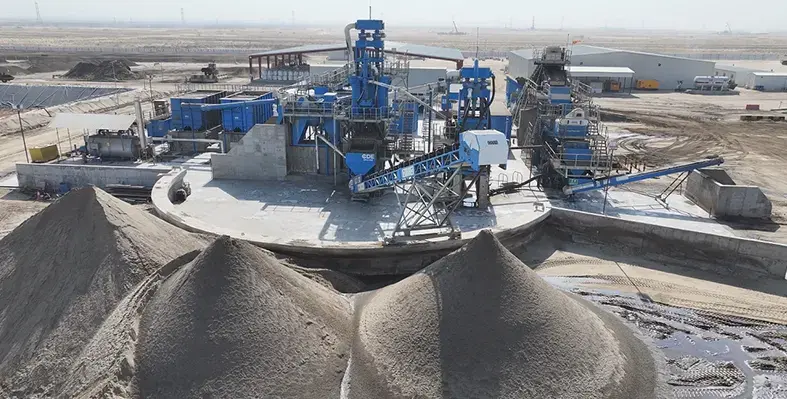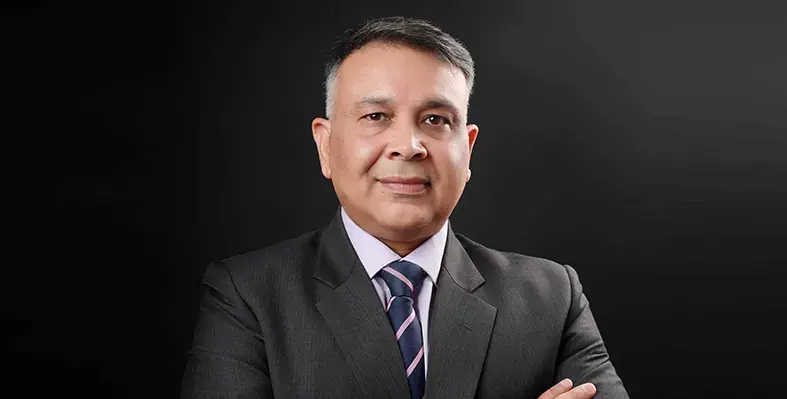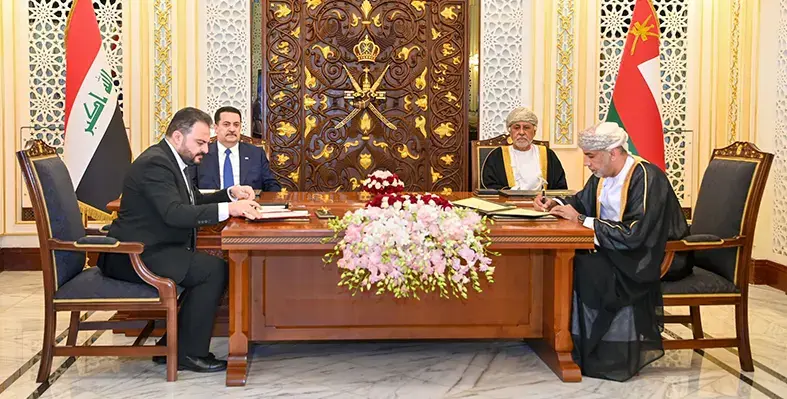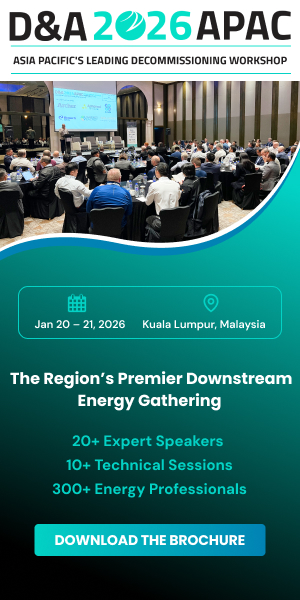AkzoNobel’s protective coatings brand, International, has unveiled its epoxy passive fire protection (PFP) system, Chartek ONE, to a global audience at GasTech 2025, following its successful Middle East debut last year
Chartek ONE is designed as a single-coat, mesh-free solution that simplifies application while delivering comprehensive protection for energy sector assets. By streamlining installation, the product boosts efficiency, improves workplace safety, and provides robust defence against a wide range of fire scenarios. It offers up to three hours of resistance to jet and pool fires, withstands cryogenic and hydrocarbon fire exposure, and delivers strong corrosion protection across varied operating temperatures.
Sustainability has been embedded in its design. Chartek ONE is formulated with 100% solids, free from boron and chlorinated plasticisers, lowering both occupational risks and environmental impact. Its mesh-free technology eliminates the need for reinforcement in jet and pool fire scenarios, reducing installation time, labour, and material costs while cutting down overall system weight, an important factor in weight-sensitive industries such as offshore oil and gas.
The system has demonstrated significant efficiency gains, with installation time in workshops reduced by up to 59%, offering tangible cost savings throughout a project’s lifecycle. Certified to meet leading international standards, including NORSOK M-501 Revision 7, ISO 21843, ISO 22899, and UL1709 Edition 5, Chartek ONE has also undergone rigorous real-world testing. Trials included exposure to jet fires, weathered beam performance, and termination detailing, areas where PFP systems often fail. By exceeding minimum testing benchmarks, the coating offers proven reliability beyond the laboratory.
AkzoNobel’s commitment to sustainability is reinforced by its top-tier rankings in global ESG indices such as Sustainalytics and EcoVadis, placing it among the leading one per cent of companies worldwide. This focus on reducing environmental impact throughout development adds to customer confidence in Chartek ONE’s durability, safety, and eco-performance.
Now available to customers across Europe, Chartek ONE joins AkzoNobel’s established portfolio of coatings trusted in some of the world’s harshest operating environments.







